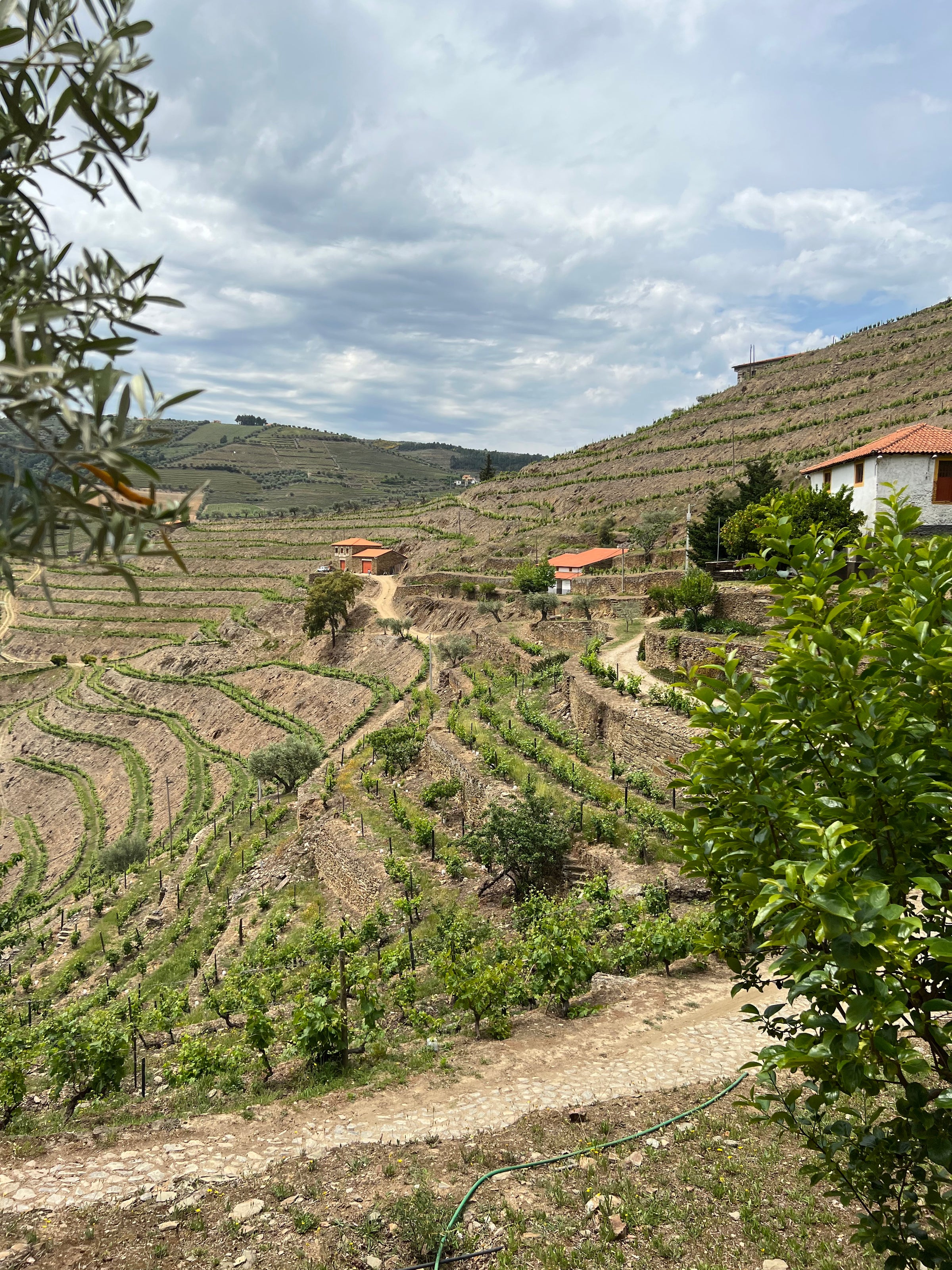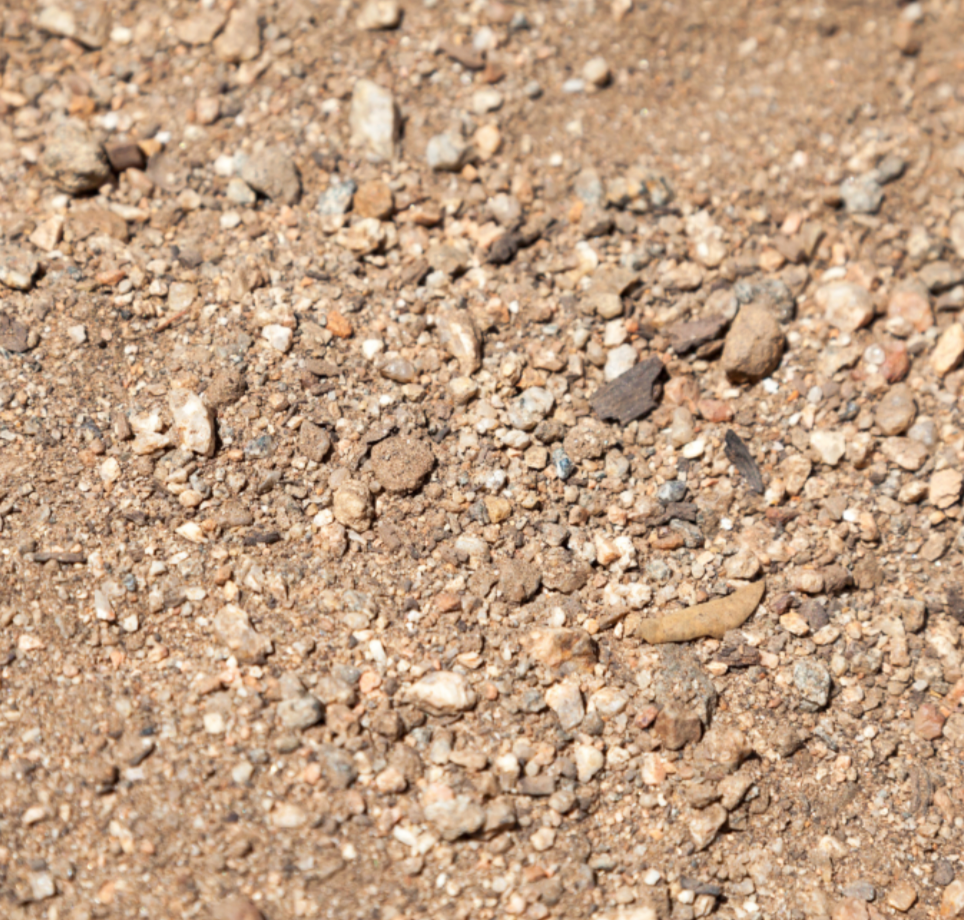Vintage Port is a wine everyone knows, if not especially well: Northern Portugal’s mountainous Douro River region was the world’s first “officially delimited” wine-production zone, and its signature product—sweet, fortified red wine that originally got that way to withstand the rigors of overseas shipping—is capable of aging for many decades.
At one time, it was the toast of the wine cognoscenti, particularly in England, but its fashionability has waned even if its importance has not. My first job in the wine business was in Port country, but my attachment to the wines of the Douro, sweet and dry alike, is not merely sentimental: well-aged vintage Port is still one of the most profound wine experiences one can have, and I shudder every time I see an open bottle gathering dust and decaying on some restaurant back bar. That’s no way to treat one of the world’s most iconic wines—instead, may I recommend decanting one of the perfectly stored, perfectly sound bottles of 1985 we just received and share it with some of your closest friends and family. Served alongside some pungent aged cheese or sipped slowly on its own, this is the world’s original “meditation wine”; it’s also the kind of wine you drink and say, “Why aren’t I drinking more of this?” Surprisingly well-priced considering its 30+ years of age and exceptional vintage—one of only three “declared” years in the 1980s—this is an exciting bottle to add to your collection, to say the least!
In addition to its unrivaled history, the Douro River region is also one of the most strikingly beautiful wine regions on earth (it was designated a UNESCO World Heritage Site in 2001). Vineyards along the banks of the snaking Douro are rooted in terraces etched from schist, winding their way toward Oporto, the most aptly named port city in the world. British families such as the Symingtons, who’ve owned Graham’s since 1970, have long been the dominant names in the Port wine trade—the original merchant shippers who brought the wines of the Douro to the wider world. Scottish brothers William and John Graham founded their firm in Oporto in 1820, originally to trade in textiles, but before long the wines of the Douro became a focus. Several generations later the Symingtons took over, and today the family is the region’s most prominent, with brands such as Cockburn’s, Dow’s, and Warre’s (among others) included along with Graham’s under the Symington umbrella.
Moving east from coastal Oporto inland up the Douro, the landscape gets increasingly rugged, high-altitude, drier, and more “Mediterranean” in terms of climate. There’s a dizzying array of grape varieties authorized for use in Port production, but the principal players in the best blends are Tinta Roriz, Touriga Nacional, and Touriga Franca, all of which are dark, thick-skinned varieties capable of producing hugely concentrated and powerfully tannic wines. All along the Douro are a series of quintas, or individual vineyard estates, that are owned by Graham’s and supply the fruit for its range of wines—perhaps the most noteworthy of these is the Quinta dos Malvedos, with 89 hectares of vines with full-south exposures on the north bank of the river.
The “vintage” Port style is the most exclusive, and is only made in exceptional vintages (usually three in 10, or thereabouts) when fruit is exceptionally well-concentrated. Soon after the wine’s fermentation is initiated, it is “arrested” through the addition of clear grape brandy (aguardente), which kills the yeast and raises the wine’s alcohol content to 20%. The finished wine, “fortified” as it is with distilled spirit, goes into bottle almost immediately and ages therein. Wood barrels are not a factor here: it’s the density of the fruit and tannin, buttressed by elevated alcohol, that lends the wine its unparalleled longevity.
The 1985 Vintage Ports were the most celebrated of that decade, and continue to show power and vibrancy 30-plus years later. In the glass, the Graham’s ’85 still has a deep ruby core moving to magenta, pink, and just a hint of orange at the rim. The nose is a heady mix of dark fruits—black plum, boysenberry, cherry—and more savory notes of roasted coffee, dark chocolate, licorice, and a hint of black pepper. Viscous and mouth-coating, it carries its alcohol effortlessly and the tannins provide a drying counterpoint to the sweetness—you can see that this is just now entering its peak drinking window now and still has many years of evolution ahead of it! It is a fascinating wine and if you don’t finish it all in one sitting—which is likely– don’t fret; if re-corked and kept in a cool, dark place, this will stay alive for many weeks after being opened (however, don’t wait too long, as there are diminishing returns after a few weeks: Port is not as shelf-stable as a Madeira, for example, which is heat-treated and can be open indefinitely without degrading). Serve it cool (55-60 degrees) in either an elegant white wine glass or, if you have them, specialized Port glasses. The traditional pairing for Port is a pungent, blue-veined cheese such as Stilton, which gives you the ultimate sweet/savory showdown, but 70%+ cacao dark chocolate can also be a fantastic accompaniment (just nothing too sweet and dessert-y; the wine is dessert in and of itself!). For those of you who are already Port fans, I need not say any more. This is a timeless classic!





